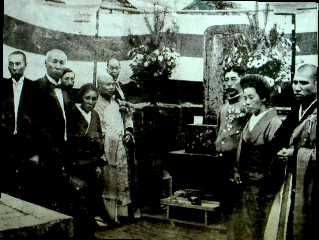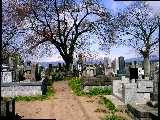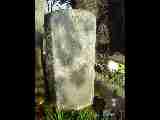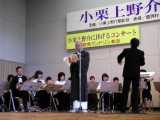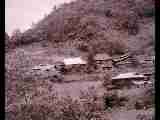 |
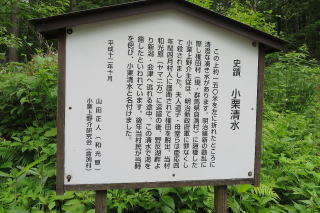 |
| ▲ヤマニ(中央の家) 道子夫人らは山田家に三日滞在して旅支度を整え、秋山郷への山道に分け入った ▲ "Yamani" house (the house in the center) Michiko and her family stayed at the Yamada (or nicknamed as "Yamani') house for three days to prepare for their trip, and then entered the mountain road to Akiyamago. |
▲小栗清水 野反池(いま湖)の約3キロ手前で飲んだ清水が、大事に保存されている ▲ "Oguri Fresh Water" The fresh water that Michiko and her family quenched their thirst with about 3 km before Nozori Pond (now a lake) has been carefully preserved. |
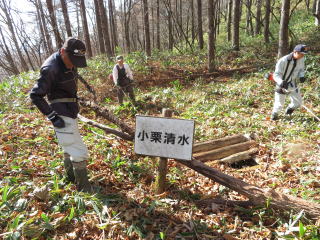 |
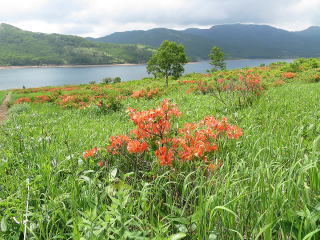 |
| ▲小栗清水 六合村のボランティアによってきれいに整備されている ▲ Preserving "Oguri Fresh Water" The water is well maintained by volunteers of Kuni Village |
▲野反湖畔 春から、シラネアオイ、レンゲツツジ、キスゲ、マイヅルソウ、コバイケイソウ…たくさんの花が咲く ▲ Lakeside of Nozoriko Lake From spring, many flowers bloom, such as glaucidium palmatum (a kind of mallow), Japanese azalea, kisuge (a kind of hemerocallidoideae), false lily of the valley, Veratrum stamineum. |
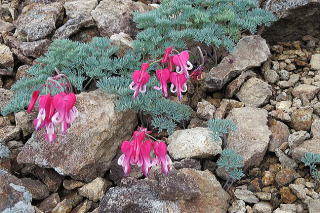 |
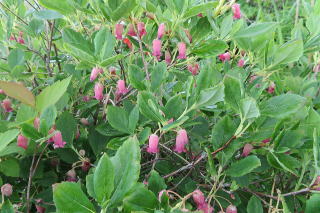 |
| ▲コマクサ 他の草が生えない酸性土壌地に生える高山植物 地元の中学生が増やし植え付けた ▲ Komakusa (dicentra peregrina) Alpine plant that grows in acid soil where other grasses do not grow. Local junior high school students increased the number of plants and planted them in the wild. |
▲ウラジロヨウラク ドウダンツツジの仲間だが、葉の裏が白い ヨウラクは仏像の飾り物のこと ▲ Urajiro-yohraku (Menziesia multiflora) A member of the dodan azalea family, but the underside of the leaves is white. Yohraku is an ornament for Buddhist statues. |
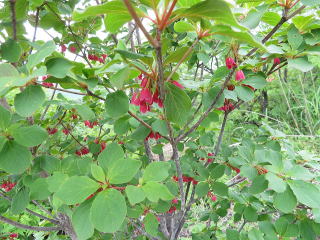 |
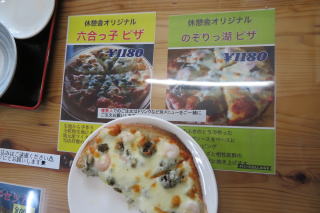 |
| ▲ベニサラサドウダン 花が特別に赤い サラサは細い絞り模様があることから ▲ Beni Sarasa-dodan (Enkianthus campanulatus var. palibinii) Flowers are exceptionally red. "Sarasa" is from its narrow aperture pattern. |
▲おいしいピザ 湖畔に上り詰めた富士見峠花の駅「休憩舎」 「六合っ子ピザ」と「のぞりっ湖ピザ」がおいしい ▲ Tasty Pizza There is "Kyukei-sha (Rest House)" of Fujimi-toge Hana-no-eki at the end of a climb up to the shore of Nozoriko Lake. "Kunikko Pizza" and "Nozorikko Pizza" are delicious! |
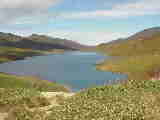 |
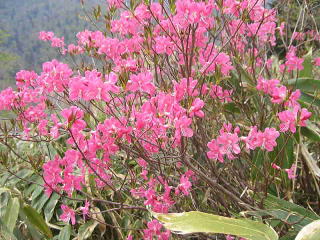 |
| ▲野反湖 昔は湿地帯の池だった 右手の山に入って秋山郷へ向かった ▲ Nozoriko Lake It used to be a marshy pond. Michiko and her family entered the mountains on the right and headed for Akiyamago. |
▲トウゴクミツバツツジ きれいな山ツツジを楽しむゆとりもなく、道子夫人らは急いだことだろう ▲ Togoku-Mitsuba Tsutsuji (Rhododendron wadanum) Michiko and her family must have hurried without time to enjoy the beautiful azaleas. |
